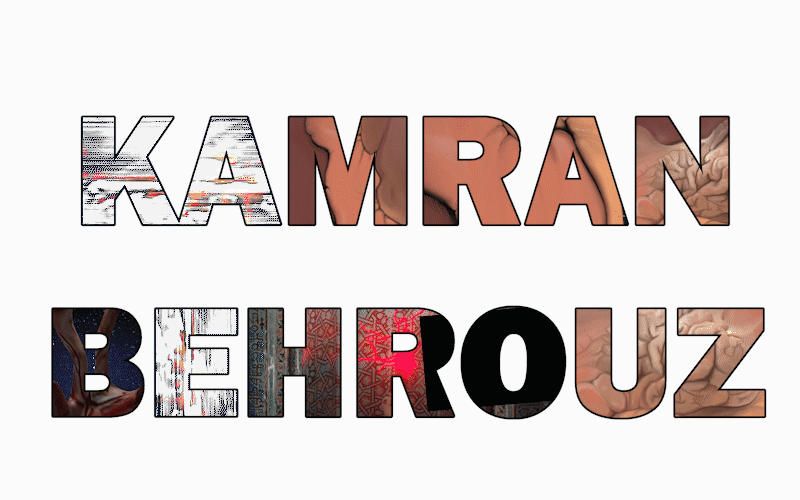Double click (2015)
„Double click“ is a simple repetitive participatory performance/discussion, which took place at the lake of Zurich representing a symbolic mourning for the loss of a collective boat. It was an endless act of making paper boats by myself as the performer and others were invited to join the action. One of my visual references in this work was the image of the dead Syrian child washed onto the coast of Turkey. This image which went viral and brought several positive and even opposite discussions about the refugee crisis. As a person who was born in the middle of Iran-Iraq war nothing could be more disturbing than watching the children in war.
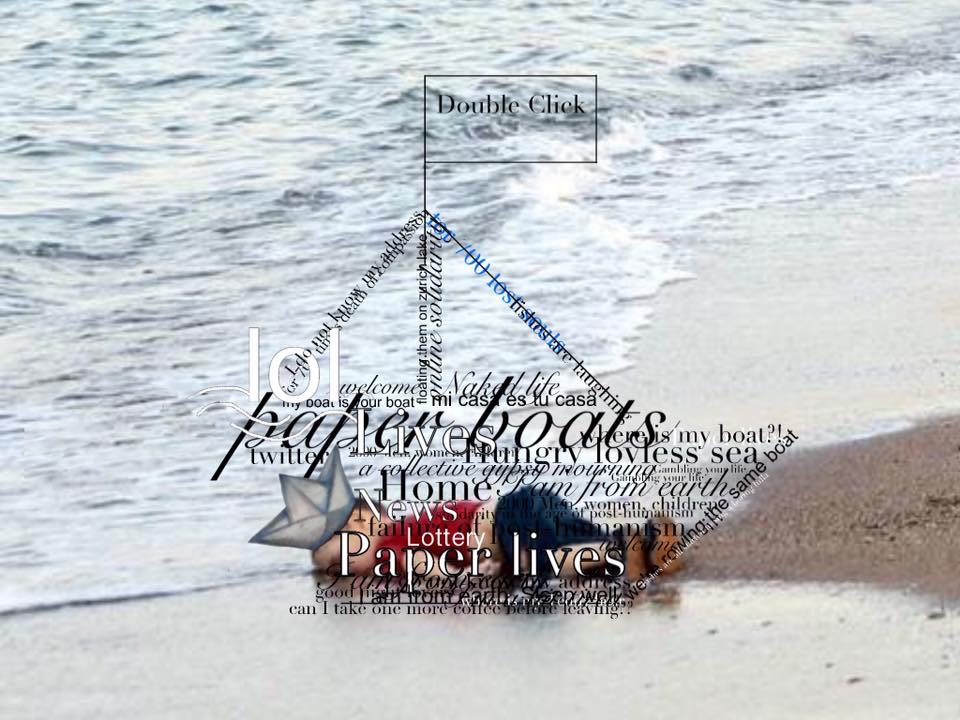
In advance of this I had recorded 4 minutes of my personal story, a quasi fiction and memory of one evening of bombing Tehran during the Iran-Iraq War: the time, when I was exactly born. I asked strangers if they wanted to listen to my story while I was making paper boats. The story was played from headphones I was wearing, so in order to listen to my story they needed to sit closer to me. The aim of the performance was to have a public discussion around the subjects of solidarity, theatricality of humanism and its failures, “technologizing of action”, or just simply making paper boats and mourning.
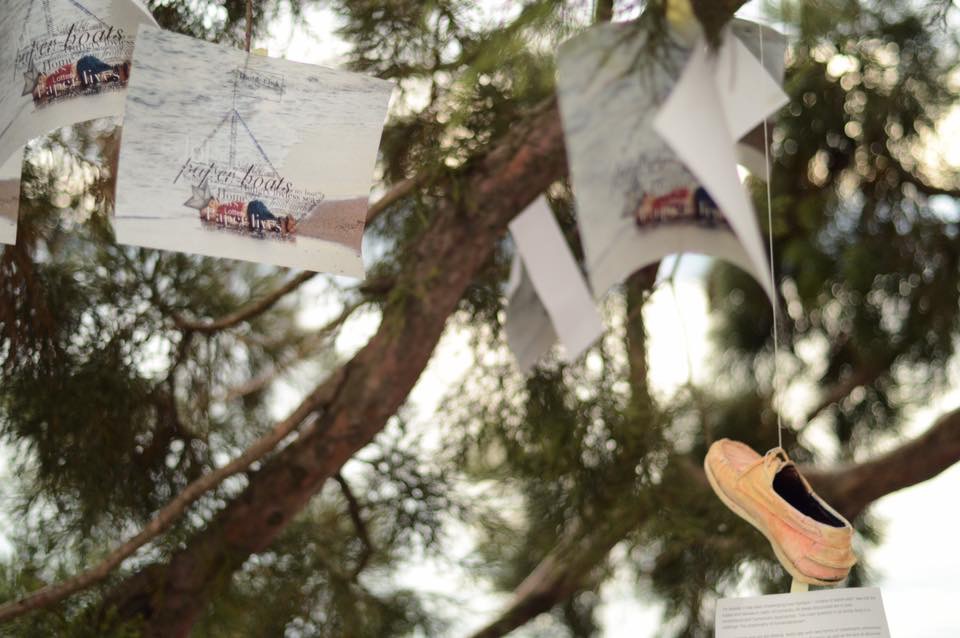
For decades it has been challenging observing how humans „ citizens of planet earth“ deal with the subject and failures in realm of humanity. These discourses have led to post-humanitarian/anti humanistic approaches. The main question in all these related fields is to challenge „the practicality of humanitarianism“. In our modern age we are dealing daily with new forms of catastrophic phenomena which reflects the lack of political sufficiency, as well as the lack of discourse and practicality regarding humanitarian interventions and in general actions towards the distant others who are drowning in these catastrophes. There are „distant others“ who are the subject of political oppression of some other political regimes that have no connection to us even in our globalized culture and at times we might only relate to these stories through an image on Facebook or news.
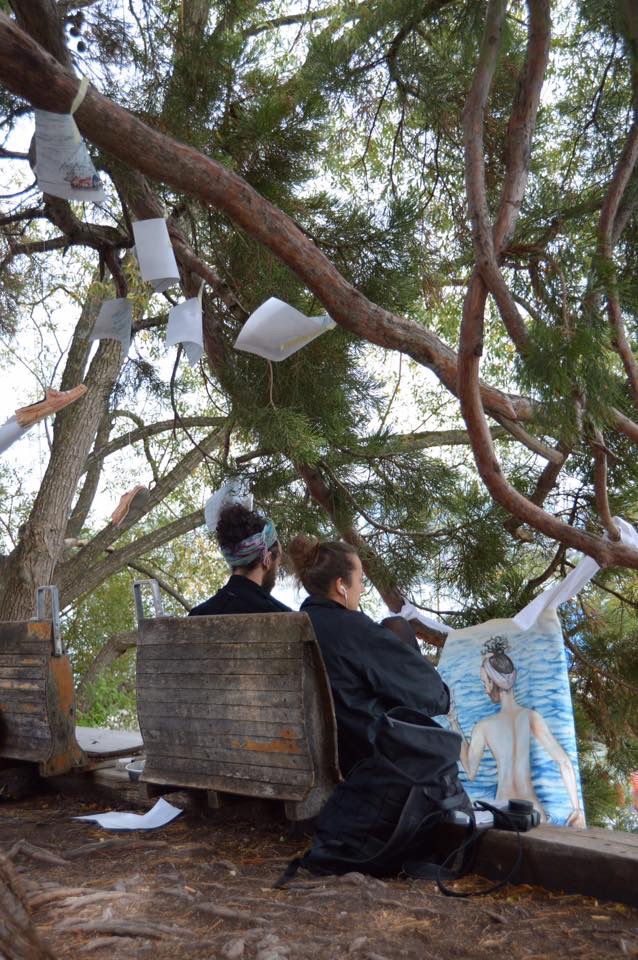
The issue here might be is our perception, literally forged by those media forms (by those images) and if this is the case, it might need to be carefully reconsidered. Does the media bring awareness or change, or is it only a tool to make people get used to these catastrophes and live with them or in other words, make spectators able to bear them.
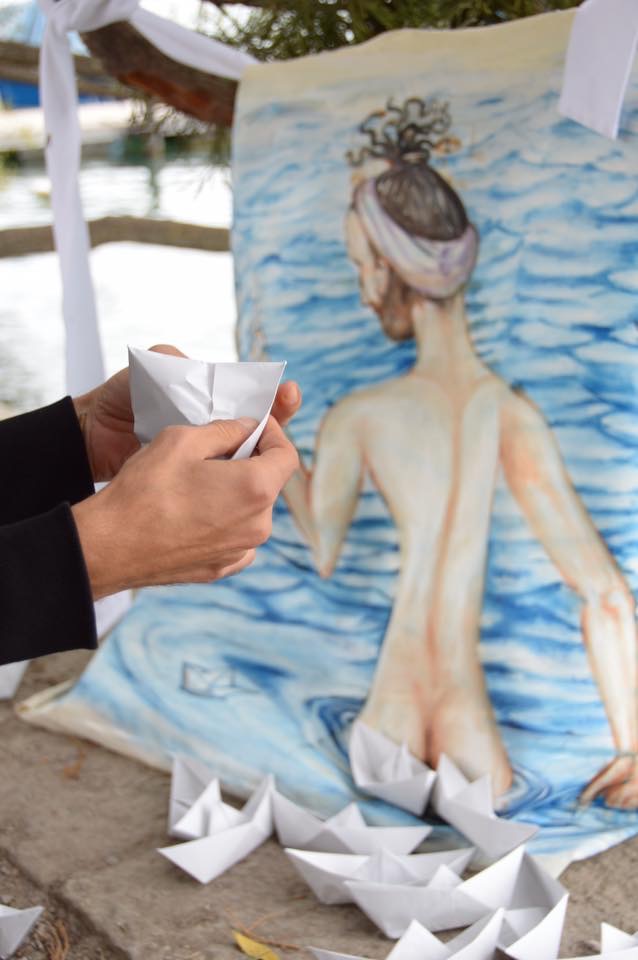
“Technologization of communication“ in this age plays a specific role in the context of action and performativity regarding humanitarianism, from Twitter to Facebook, online petitions, donations.etc.
However, nowadays our humanitarianism seems to mask itself behind our clicks, even when we donate money from our online bank accounts to help those distance others (dealing with earthquake for example), we are doing nothing but more than a click. It is similar to taking a photo on social media, we support that event, person, idea, we simply click. As Lilie Chuliaraki argues, we, as „Ironic spectators“ contribute, only to feel better about ourselves, and as Kristeva puts it, we care about the other‘s catastrophic situations because we are afraid of our own death.
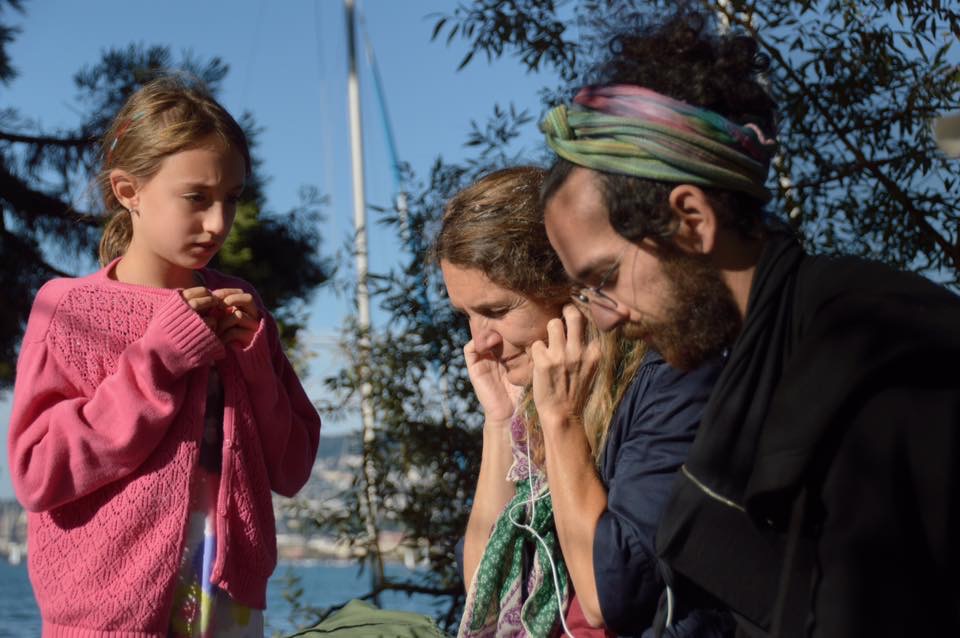
We click and feel better, of course the valuable aspects of those clicks in many cases are undeniable (for example donations or online petitions that helped victims from being executed) however, the question here is not necessarily moral but more about what does solidarity really mean to us? In addition how practical could it be? Do we need to reconsider the humanitarianism in its very essence by considering its failures and asking questions such as what else than a click? Or in more complex way asking; „why do I really need to bother, to ask; what else could I do in addition to just clicking?
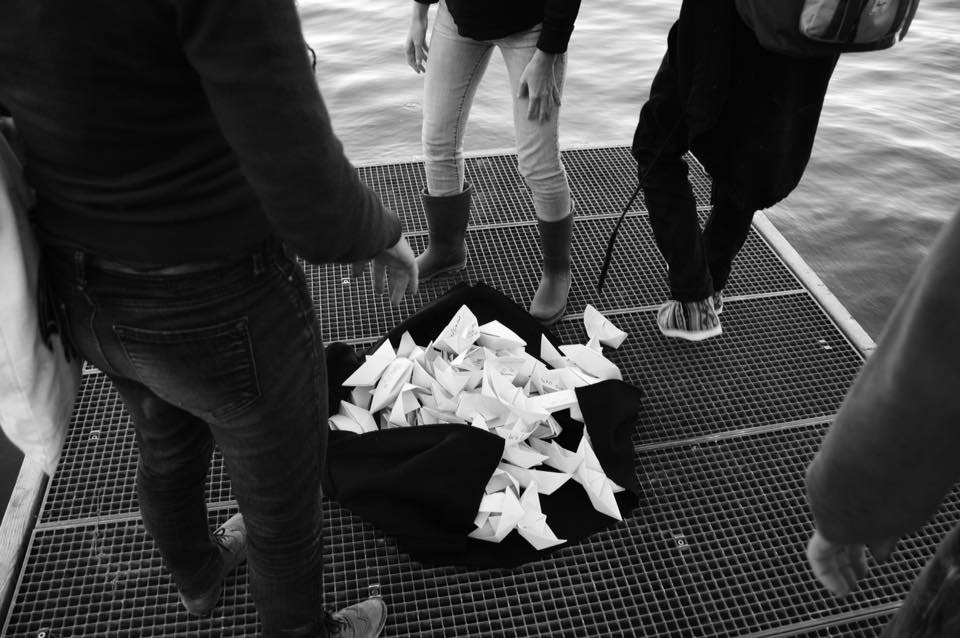
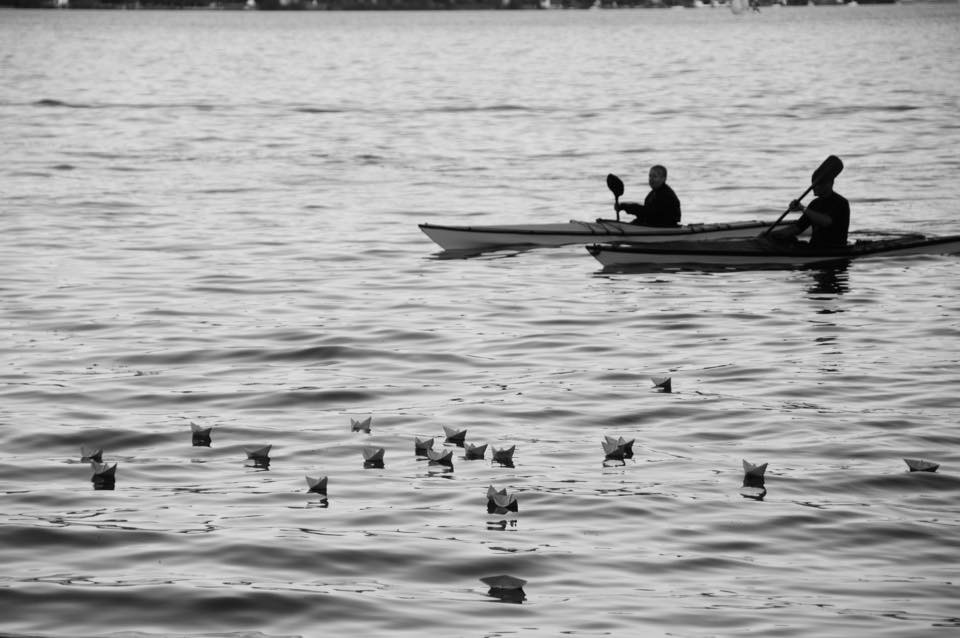
Photos are taken by brilliant Bálint Rádóczy
